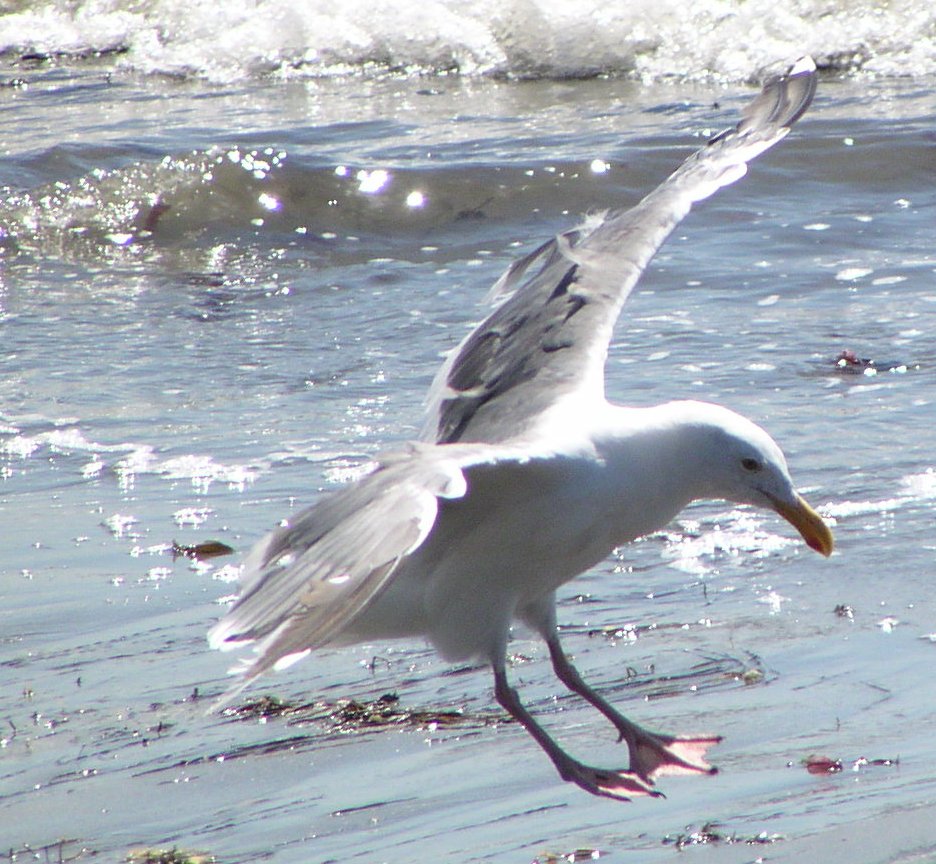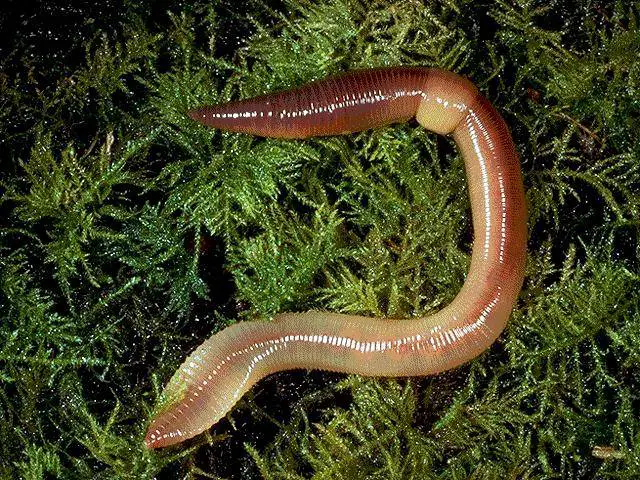Team members
Names / Roles:
- Dorothy Law (Leader)
- Ng Shu Ting (Wiki Writer)
- Ng Yuan Ting Valerie (Researcher)
- Lim Choon Yen George (Researcher)
Seashore
- Location of the ecosystem: Seashore is the place near where marine animals live and it is near where the sea is.
- Description of the ecosystem: It is a place where the surface is sandy, there is fresh air and the temperature of the sun can be hot at times.
- Biodiversity of ecosystem (richness of life in ecosystem): Animals such as shrimps, eels.
Physical Factors
- Light (availability of sunlight in the ecosystem):
Highly exposed to sunlight, warm.
- Temperature (temperature of the ecosystem):
It usually range from 28 degree celsius to 34 degree celsius.
- Water (water quality in the ecosystem):
Water quality in the seashore is generally good
- Salinity (freshwater or seawater found in the ecosystem):
Sea water. Most of the salt in seawater is the same as common table salt.
- Air (quality of air in the ecosystem):
Fresh. As there is no factory.
The environment is alkaline. It has a pH of approximately 8.0.
Classification of Living Organisms
1. Producers: Seaweeds.

Seaweed is a marine algae. It is normally found on the beach, sea, or seashore and are mainly eaten by herbivores.
Algae

(Photo from http://image.shutterstock.com/display_pic_with_logo/688576/688576,1304259891,6/stock-photo-stones-with-algae-on-the-seashore-composition-of-nature-76321363.jpg.)
Algae is a very large and diverse group of simple, typically autotrophic organisms, ranging from unicellular to multicellular forms. They are often found in moist areas.
2. Primary consumers: Limpets.

Limpet is a common name for different groups of sea snails and freshwater snails. It is normally found on rocky shores.
Sea prawn

Sea prawns feeds on seaweeds by nibbling. They are normally found on the seashore.
3. Secondary consumers: Crab.

Crabs are generally covered in thick exoskeletons. It has 8 legs in total, and has claws. It is normally found in seashores or in the sea.
Heron

Heron are long-legged freshwater and coastal birds in the family Ardeidae. They are medium to large sized birds with long legs and necks, and found in most temperate regions but most numerous in tropical and subtropical areas.
4. Tertiary consumers: Herring gull.

Herring gulls are large gulls that grows up to 22 inches of 66cm long. It is normally found on shores.
5. Decomposers: Earthworms.

Earthworms are given its name because its body is divided into several segments. They come in huge variety shapes and colours. They can be found in many places.
Food Web

Interrelationship in Ecosystem
- Predator-prey relationship - Shark and fish. Predator-prey relationship occurs when a predator feeds on its prey. The shark preys on fish to ensure the survival of its kind. At the same time, it ensures the number of preys in the food web.
- Parasitism - Mosquito and human. Parasitism is the benefit at the expense of the other organism. Mosquitoes bite human because they are searching for isoleucine which is one of the basic building blocks of life called an amino acid. Amino acid are what make up proteins and female mosquitoes need this protein to reproduce.
- Mutualism - Sea anemones and hermit crab. The sea anemones give protection to the crab using its stinging cells, and it remoulds its shell to fit the crab while the hermit crab allows the sea anemones to consume the remains of its food, thus it also provides the sea anemones with food supply.
Useful Links
Plagarism is a strongly discouraged.
Include the links of all websites you obtained information from to complete your ecology wiki.
Comments (4)
Mr Reuben Ng said
at 8:29 am on Mar 25, 2013
Nice, but not complete. This is especially evident among the physical factors. I also want a description of 8 organisms.
2013class1e2group4 said
at 6:58 pm on Apr 2, 2013
We have added more details. But it isn't complete yet, we will work on it as soon as possible.
Mr Reuben Ng said
at 4:41 pm on Apr 3, 2013
Do complete it soon. There are tests coming up.
2013class1e2group4 said
at 6:21 pm on Apr 6, 2013
We have completed the project.
You don't have permission to comment on this page.